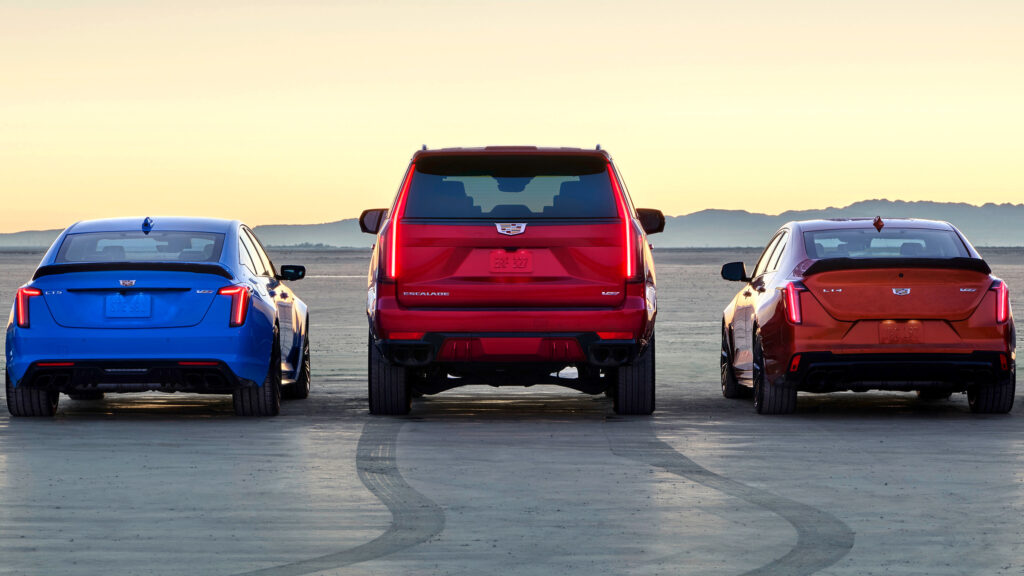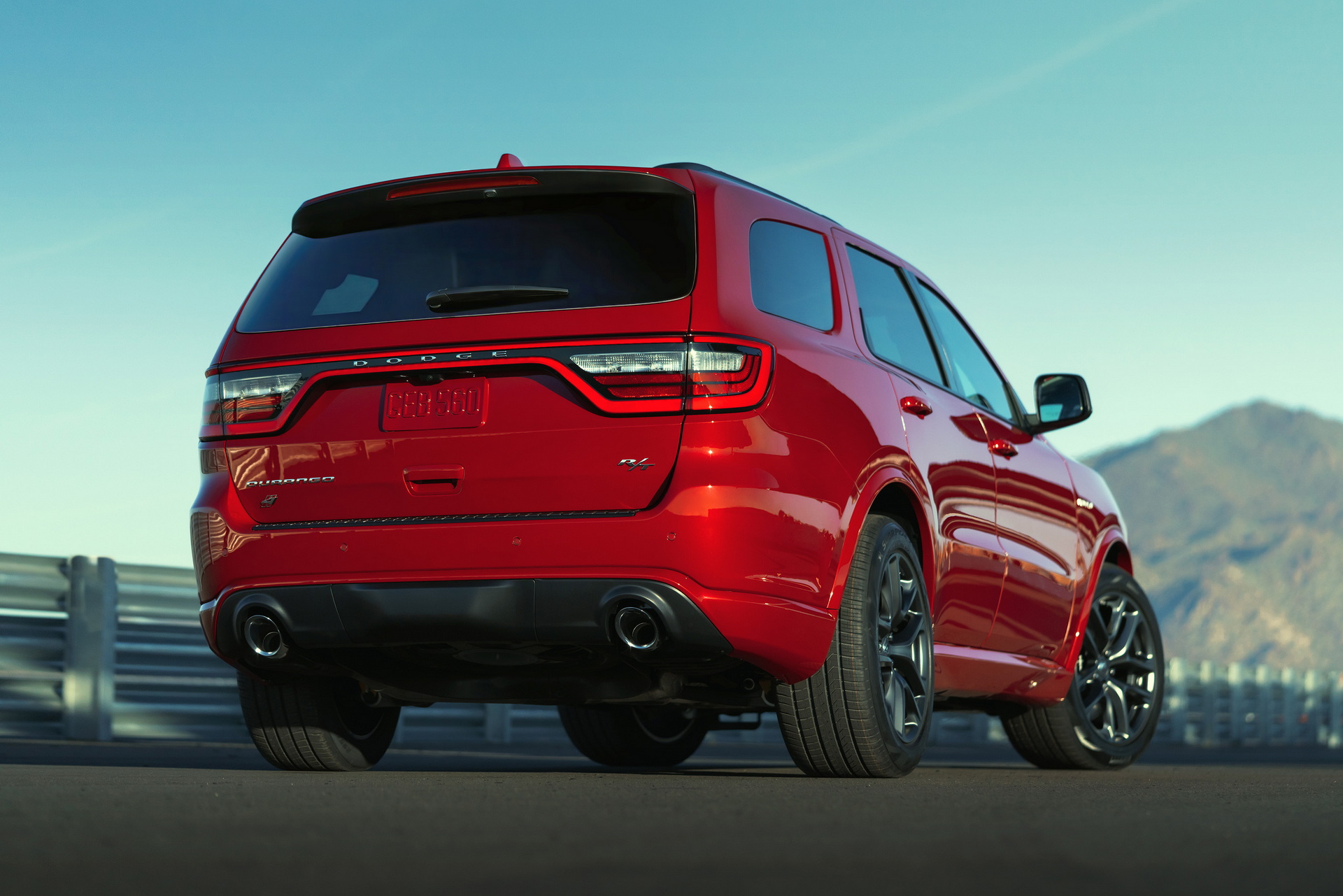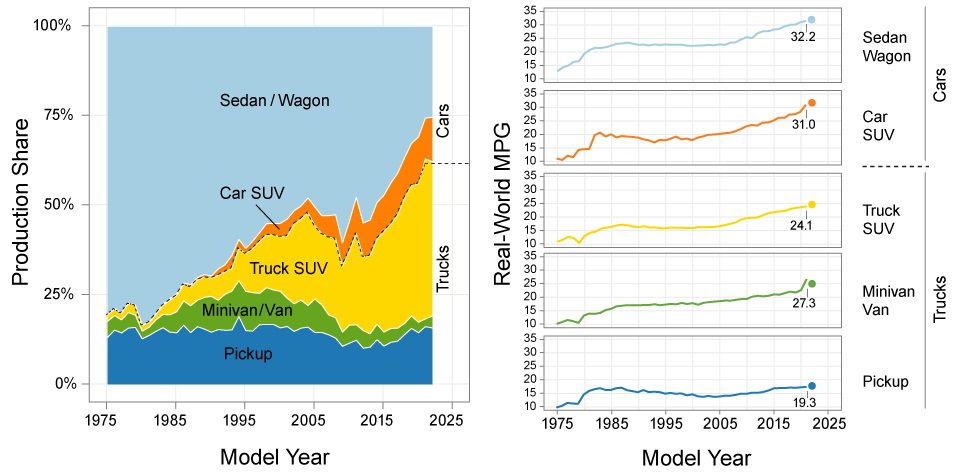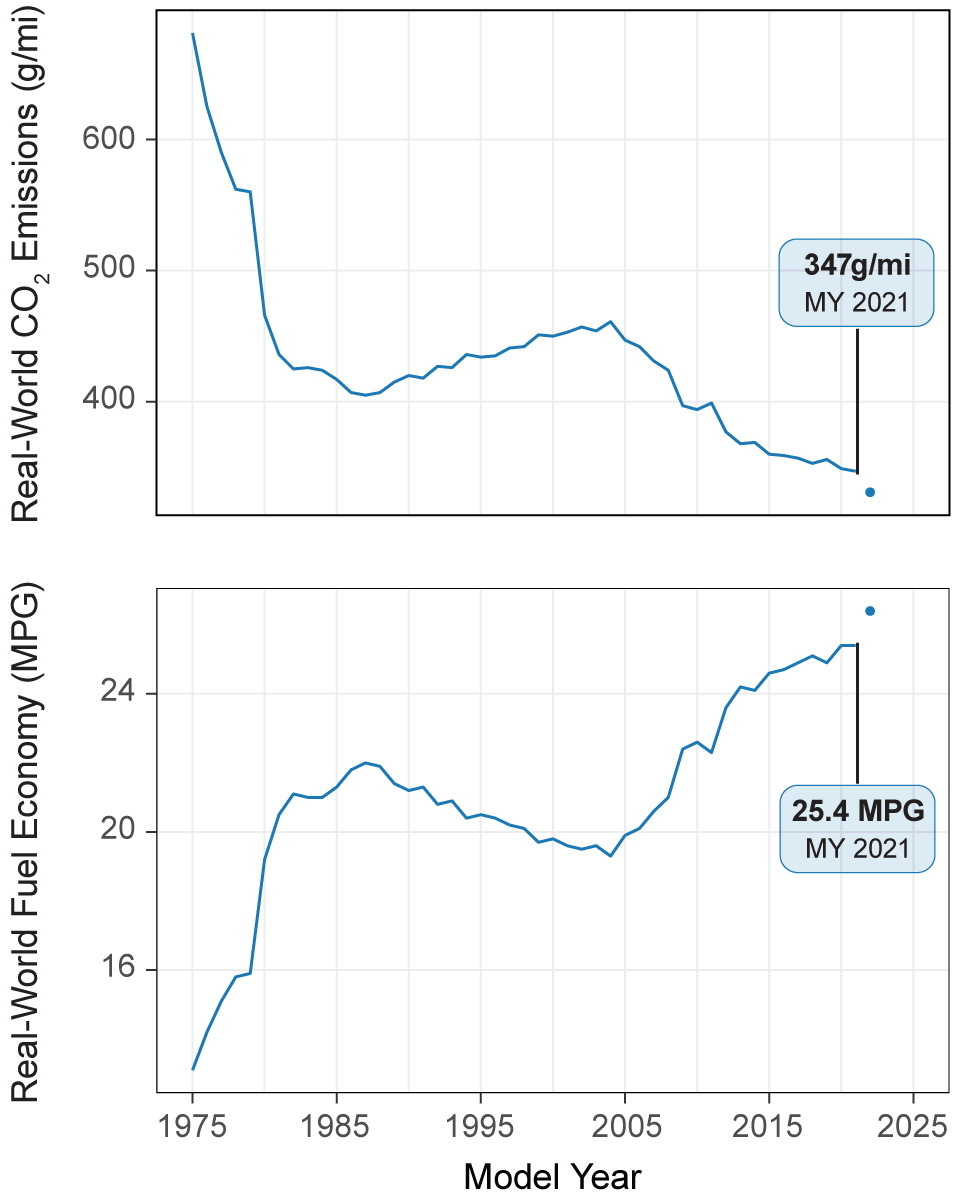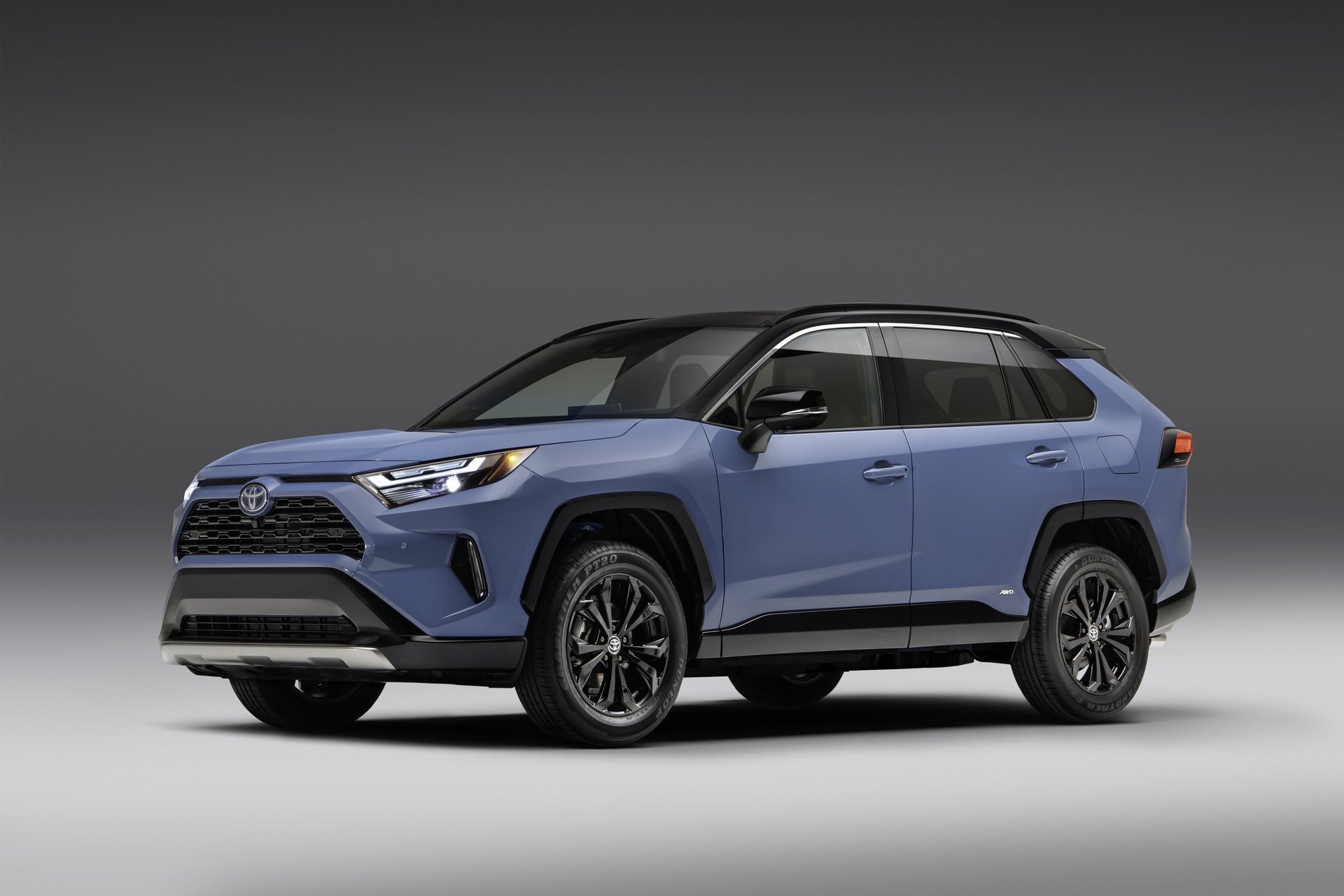According to the U.S. Environmental Protection Agency (EPA), when it comes to the latest fleet wide fuel efficiency results, there’s good news and there’s bad news.
The good news is that the government agency’s annual Automotive Trends Report has shown that fuel economy ratings for model year 2021 vehicles (the most recent it has data for) are at a record high and that emissions levels reached a record low. The bad news, that they have only improved minimally from the 2020 model year, if at all.
According to the report, average fuel economy for new 2021 vehicles was at an all-time high of 25.4 miles per gallon. That, though, is exactly the same figure achieved in 2020 and American automakers make the least fuel efficient vehicles on the road.
Read: Automakers Under Report Lifetime Emissions, Pollute Nearly As Much As Oil Companies, NGO Claims
Stellantis was the automaker with the lowest average fuel economy rating, achieving just 21.3 MPG across its fleet. General Motors and Ford don’t have much to be smug about, though, because their fleet fuel economy ratings are also bringing down the average at 21.3 MPG and 22.9 MPG, respectively.
In terms of CO2 emissions, meanwhile, there has been an improvement, albeit of just 0.6 percent, across all vehicles. Still, the real-world CO2 emissions of 347 grams per mile for model year 2021 vehicles are the lowest ever recorded by the EPA.
Automakers, though, are still meeting rising vehicle emissions requirements through the use of credits, the reports shows. As was predictable, Stellantis leads all automakers in purchases, as it bought 102.6 million megagrams of credits for the 2021 model year. By comparison, GM bought just 28.3 million megagrams, while automakers like Honda and Toyota sold 50.5 million and 38.9 million megagrams of credits for the 2021 model year, and Tesla sold 72 million.
32% Improvement Since 2004
There has, however, been important progress over the last 18 years. The EPA reports that since the 2004 model year, CO2 emissions have fallen by 25 percent (from 461 g/mile to 347 g/mile), while average fuel economy has improved by 32 percent, or 6.1 MPG.
“Today’s report demonstrates the significant progress we’ve made to ensure clean air for all as automakers continue to innovate and utilize more advanced technologies to cut pollution,” said Michael S. Regan, the EPA’s administrator. “Working together across the public and private sector, we can deliver on EPA’s mission to protect public health, especially our most vulnerable populations, and advance President Biden’s ambitious agenda to combat the climate crisis.”
Looking forward, the agency is optimistic about the 2002 model year, and expects fleet wide average fuel economy will rise more significantly than it did for the 2021 model year. It anticipates that the average will rise by one mile per gallon to 26.4 MPG.




